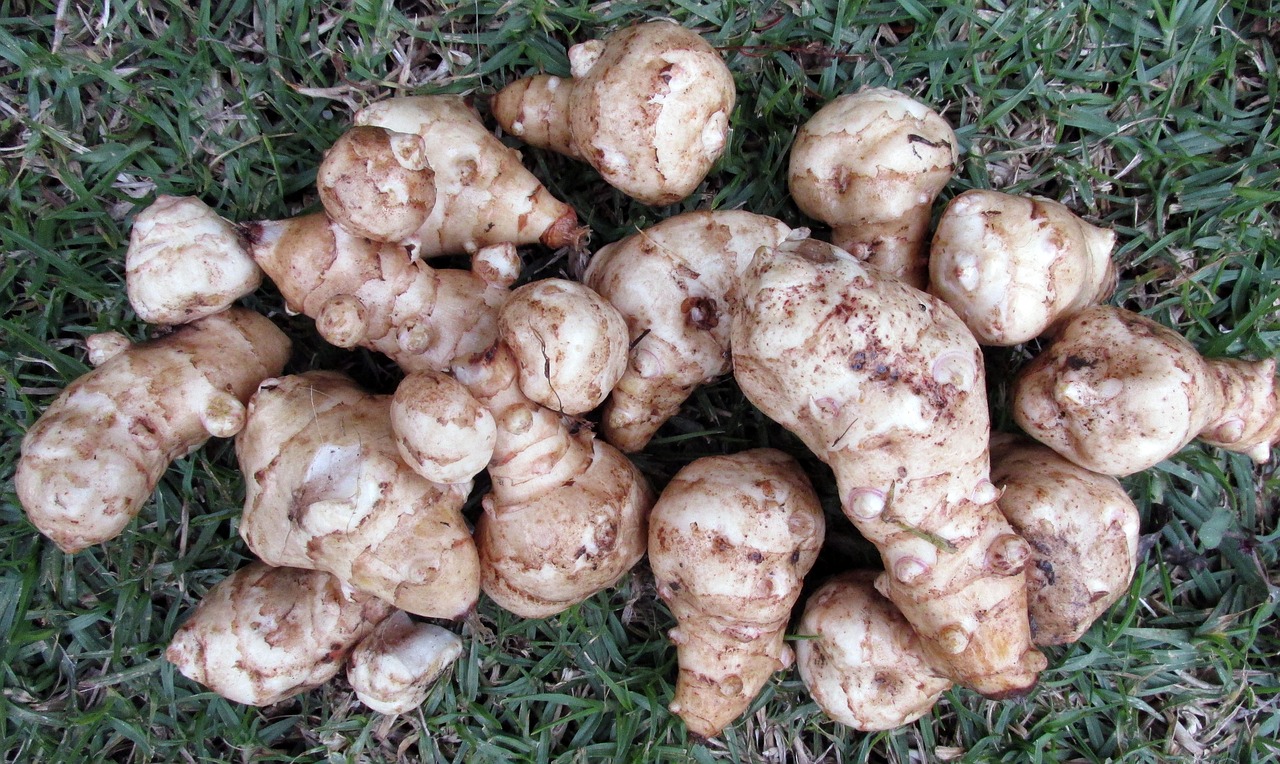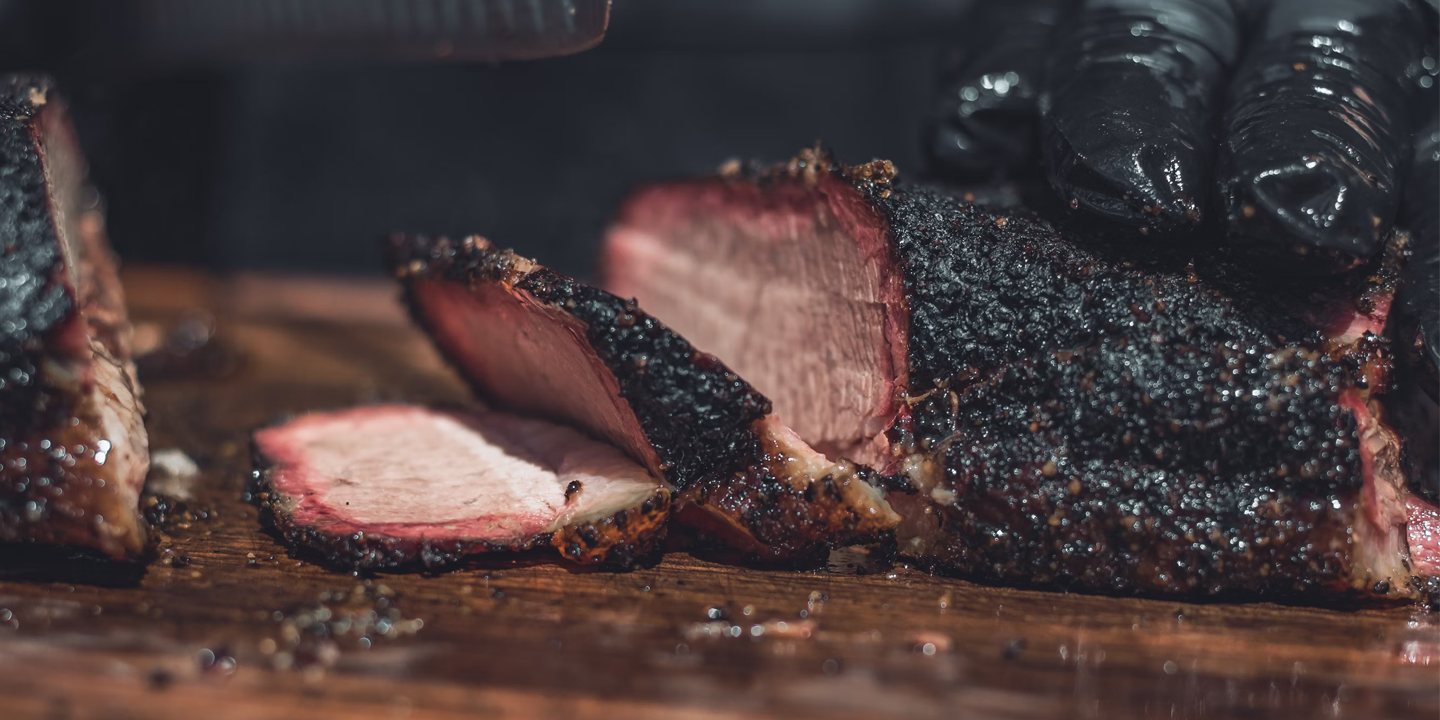Survival 101: 20 Edible Things You Can Eat in the Wild To Keep You Alive
What’s On The Menu If You’re Lost In The Woods?
Before you embark on your wilderness journey, you might want to know what you can eat if you wander off trail. Identifying what could save your life and what poisonous vegetation to avoid is important. Let’s dig deeper into what nature has on special if you get lost and hungry.
1. Dandelion
Never underestimate the power of this beautiful weed! A yellow dandelion is entirely edible from its flower to its stem. You can eat it raw making it a no-fuss meal if you don’t have any tools in your daypack.
2. Nettle
In many forests, you’ll find that nettle grows in abundance. You can remove its stinging hairs by boiling it, so you have to be equipped. When it’s cooked, nettle is a very nutritious green chock-full of vitamins.
3. Cattails
If you use your imagination, a cattail looks a lot like a wild Pogo Stick. Although it might not taste as good as a corndog, it’ll keep you nourished raw or cooked. It’s safe to eat the flowers, roots, and shoots of the cattails.
4. Berries
Berries can be the best or the worst food for survival depending on what kind they are. It’s risky unless you can identify which berries are edible and which ones are poisonous. Blackberries and blueberries are a safe bet but don’t gamble on holly or mistletoe—they’re only good for holiday decorations.
5. Acorns
Foraging for acorns may be the only easy part. They require a lot of preparation before you eat them. If you have access to clean water and a vessel to soak them in, de-shelled and leeched acorns are a good source of protein and other essential nutrients.
 Alexander Klarmann on Unsplash
Alexander Klarmann on Unsplash
6. Walnuts
If you’re hiking in autumn and come across a walnut tree, you’re in luck! Crack a shell open on a rock to reveal the meaty nut inside. Walnuts contain fiber, protein, and healthy fats—no wonder they’re often found in trail mix.
 Wouter Supardi Salari on Unsplash
Wouter Supardi Salari on Unsplash
7. Sunflower Seeds
Wild sunflowers will brighten your day, especially after a long journey. Not all seeds are safe to eat raw, but generally, raw sunflower seeds are healthy to munch on. Just like nuts, they’re a high dose of protein and fiber.
 Natthapat Aphichayananthanakul on Pixabay
Natthapat Aphichayananthanakul on Pixabay
8. Mushrooms
As with berries, you must be extremely careful foraging for mushrooms in the wild. Eating the wrong fungus could be ill-inducing or even fatal. However, mushrooms like oyster, shitake, and cremini could be your ultimate survival food. Eaten raw or cooked, they’re high in protein and potassium.
9. Burdock Root
If you can dig up some burdock root, you’ve unearthed a nutritious treasure. After the roots are peeled you can safely eat them, benefiting from their high fiber, vitamin, and mineral content.
10. Jerusalem Artichoke
If you uncover Jerusalem artichokes in the wild, you’re in for a treat. These tubers are found below the base of the plant and taste mildly sweet and nutty. Other edible tubers include wild carrots, yams, and camas roots.
11. Watercress
If you get lost by a river, look out for watercress. Considered a superfood, this aquatic plant is loaded with antioxidants and properties that help with digestion and inflammation. You won’t only survive–– you’ll thrive.
12. Wood Sorrel
Wood sorrel is a clover-like plant with a slightly sour, lemony flavor. Its delicate leaves, flowers, and seed pods are edible and easy to pick, making it a convenient survival snack.
13. Grasshoppers & Crickets
You might not jump into this idea right away, but insects like grasshoppers and crickets provide the protein and nutrients your body needs. Considered a delicacy in some cultures, they can be eaten raw if they’re washed thoroughly, but it’s safest to boil or cook them.
14. Sassafras
You can eat the leaves and steep the roots of the sassafras plant. The roots can be brewed with hot water to make tea and is known for its medicinal benefits. The sassafras leaves can simply be eaten like salad greens.
15. Tree Bark
The inner bark of some trees is edible and full of nutritional benefits like essential vitamins. The maple tree, for example, is known for its sweet sap but its bark is what you’re after if you’re hungry. Nibble it raw or cook it until it's tender if you’re able to.
 Stephanie Klepacki on Unsplash
Stephanie Klepacki on Unsplash
16. Hickory
Much like other tree nuts, once you remove the husks and shells, hickory nuts are a nutrient-rich snack and an excellent source of carbohydrates. Make sure you can accurately identify edible nuts when you’re foraging in the wilderness.
17. Wild Leeks
As a relative to onions, wild leeks are safe to eat fresh and can be found in damp wooded areas. Leeks will give your body a vitamin and mineral boost so you can continue your way through the woods.
18. Morels
In the family of fungi, morels are a spongey-looking survival food source. They’re hearty and filling to satisfy any wilderness explorer. However, they shouldn’t be eaten raw, so you’ll need a fire to cook them on.
19. Day Lily
Often found in meadows and open fields, daylilies are beautiful plants you can eat raw if you’re in a pinch. The edible flowers are crisp, sweet, and peppery and their shoots and roots are safe to eat, too.
20. Animal Meat
If you can catch your dinner and have a fire to cook it on, go forth hunter! Animal meat will fill you with lots of protein and other nutrients. You can also catch a fish if you’re near a stream. Survival tip: always make sure to cook your game thoroughly.
KEEP ON READING
























